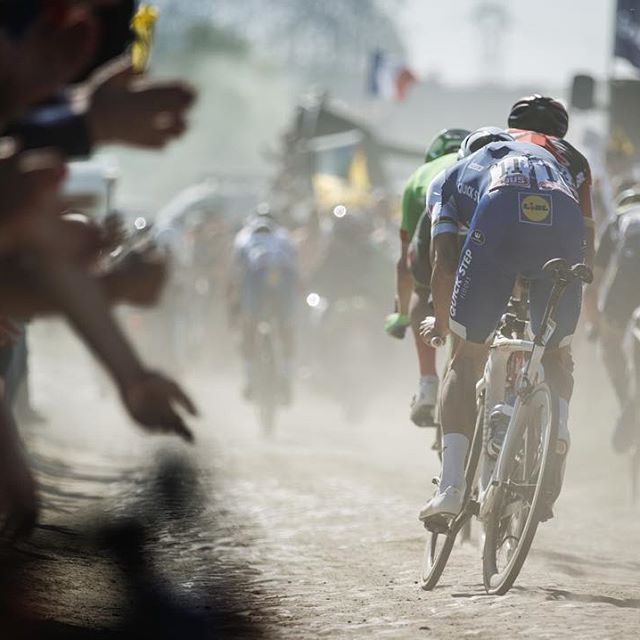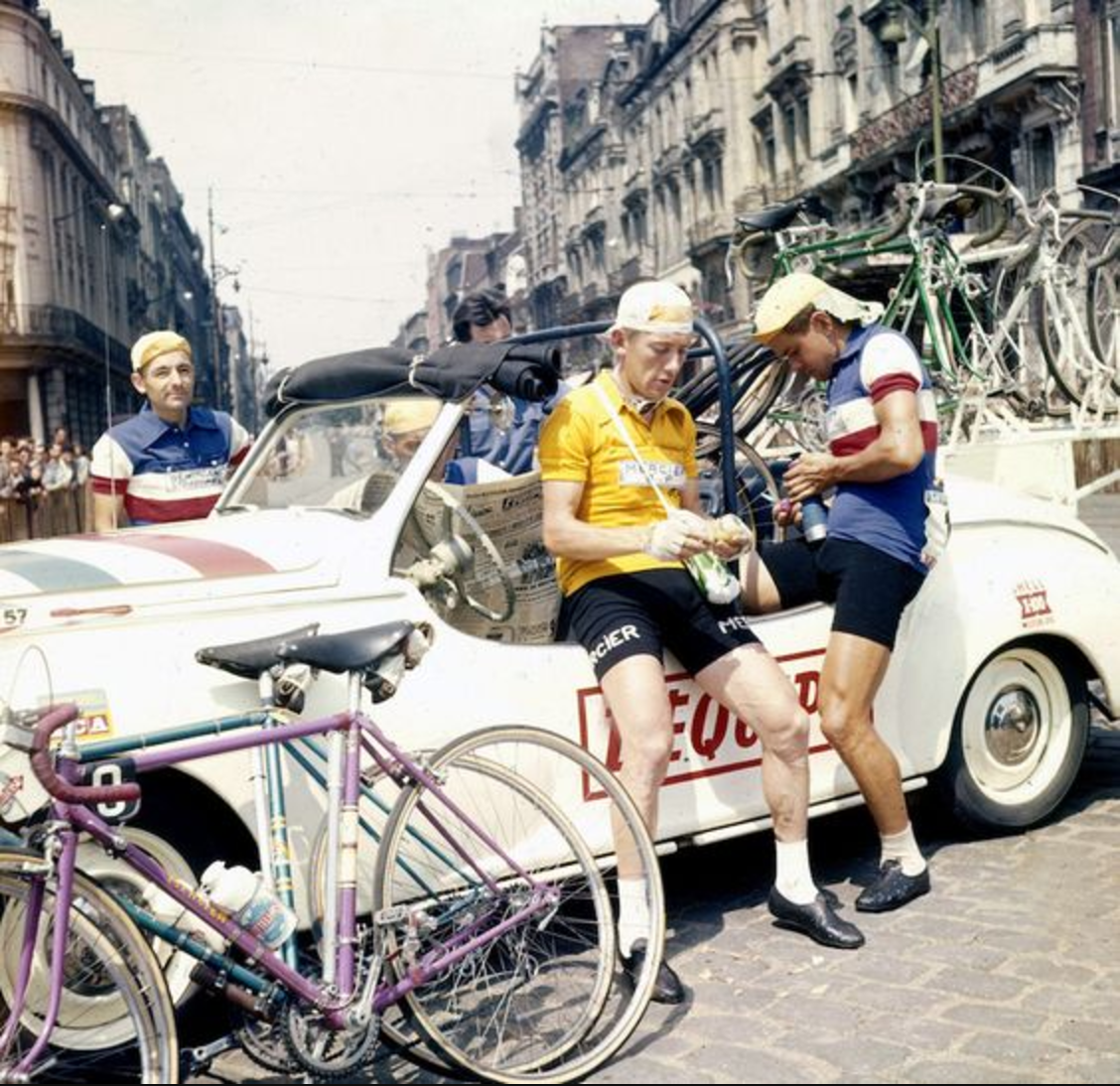Anticipation Shift
I still feel that variable gears are only for people over forty-five. Isn’t it better to triumph by the strength of your muscles than by the artifice of a derailleur? We are getting soft… As for me, give me a fixed gear!
– Henri Desgrange
Whenever I encounter a challenging thought or idea, I recoil instinctively. On impulse, I assume I’m an expert in the matter and proceed as usual, no worse for the wear. The secret to success is your ability to overcome adversity, after all. Another secret to success, if we are allowed two on the same day, is to always take the advice of people on the internet, so long as you sort through all the opinions and cherry-pick the ones you already agreed with.
While I’m not an expert on taking advice, I am a bit of a virtuosity when it comes to the matter of giving it – especially when it is unsolicited. Please note, however, that while I am not drunk, I have a bit of a nasty case of manflu, a fact which I am certain will make me even more trustworthy.
As any fool can see, poor old Henri – however brilliant he was – was completely bonkers (genius and insanity often occupy the same mind). Despite that, there is a thread of truth to his reasoning, which is to say that gears are often used as a psychological tool rather than a mechanical one in order to tackle the various gradients we encounter during our rides.
We typically encounter a hill from some distance off, rearing up as though some careless road engineer had forgotten to tack the other end down. And, more often than not, we respond with the impulse to deploy the Anticipation Shift: downshifting prematurely in response to the sight of a big climb. Click-click-click-click, right down the block to whatever gear you imagine you’ll need in order to ride to the top of a hill whose gradient you can’t accurately judge and whose summit you likely can’t see. And just like that, all your momentum is gone and you’re left to fulfill your own prophecy of laboring with the gear all the way to the tippy top top of the climb.
To be fair, shifting is a bit of a dark art and takes ages to master. When to shift and when to power through is something one should feel, never see. There is either a laboring or an ease in your stroke that informs whether you should change gear. Please consult the below list for some tips on how to avoid the Anticipation Shift.*
- The point of shifting is to maintain your cadence and spare the guns from overheating and causing a meltdown in the Engine Room. With that in mind, never shift more than one gear at a time, unless you know something specific about the climb that merits a bigger jump. If you are changing front chain rings, do so together with a synchronized two-cog shift of the rear in the opposite direction. (If you have widely spaced gears, one cog in the back might be enough.) **
- Shift whenever you sense you are losing the ability to smoothly turn the gear over, never before. Smoothly is the operative word here; if you fall behind the gear, you will heap coals on the fire, burn the guns, and overheat the engine room. If you get ahead of the gear, you risk upsetting your rhythm by spinning more thereby putting additional strain on your lungs, which you will experience as acute pain.
- If you encounter a short uptick in gradient, you have the choice to power over or to downshift and spin up it. This decision will involve a quick assessment of how closely the Man with the Hammer is lurking. If you have the juice, power over. You can even jump out of the saddle for a little extra V. This will keep your speed up and keep you from having to accelerate again after the pitch.
- Always hit a climb at full gas, as fast as you can go – especially if you are coming off a descent and especially – especially – when you are completely jacked. Use your momentum to carry you as far up the climb as you can, get out of the saddle and slowly downshift as the speed scrubs and the guns lose their ability to smoothly turn the gear over.
- The fifth bullet is here more for symmetry than anything else, but I’ll use this opportunity to remind you that shifting is the Domain of the Sissy, so if you can avoid it, please do.
* While these points hold true for any kind of riding, they are focussed on climbing.
** Remember, you can’t boast about climbing in the big ring on a compact; it’s only a big ring if it has more than 50 teeth, in which case it’s an outer ring.


